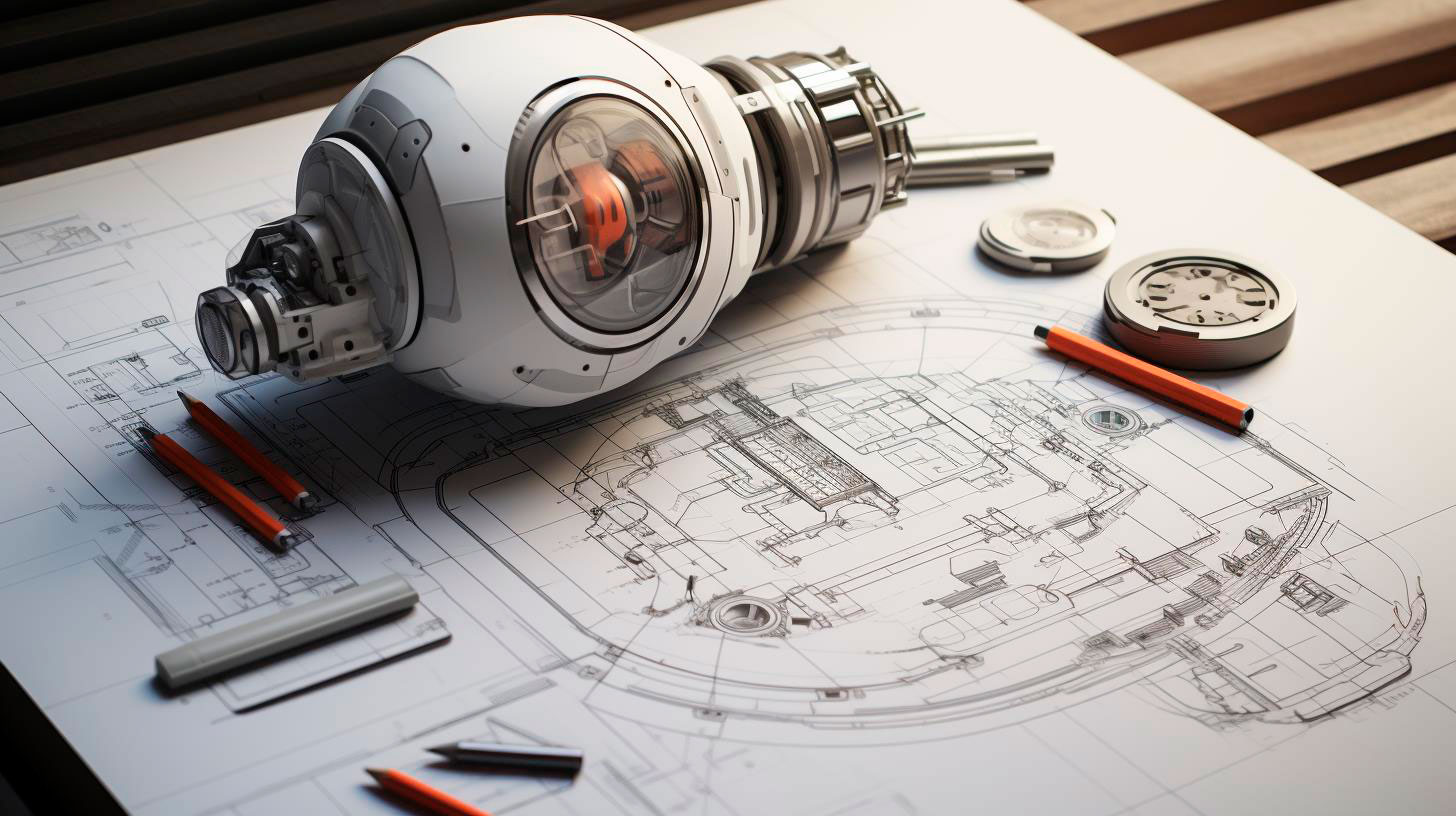This has sparked ongoing debates on the role of nuclear power in our energy mix and its impact on the environment. In this article, we delve into the pros and cons of nuclear power and explore possible solutions for finding a sustainable energy future.
Understanding Nuclear Power
Nuclear power is the result of harnessing the energy stored within atomic nuclei through either nuclear fission or fusion reactions. While fusion is yet to be commercially viable, nuclear fission is the process currently utilized in nuclear power plants around the world. Unlike fossil fuels, this process does not release carbon dioxide (CO2) emissions into the atmosphere, making nuclear power a potential solution for reducing greenhouse gas emissions.
Key takeaways:
- Nuclear power harnesses the energy stored within atomic nuclei.
- Nuclear fission, the process currently used, doesn’t release CO2 emissions.
Advantages of Nuclear Power
Proponents of nuclear power highlight several key advantages that make it an appealing energy source:
Low Carbon Footprint:
Nuclear power has a significantly lower carbon footprint compared to traditional fossil fuel-based power generation. It can help countries reduce their reliance on coal and natural gas, thereby decreasing their greenhouse gas emissions.
Reliable and Continuous Power Generation:
Nuclear power plants provide a consistent and reliable source of electricity, capable of reducing the fluctuations common in renewable energy sources like wind and solar. This reliability is particularly crucial for baseload power, which is needed to meet the constant minimum demand.
High Energy Density:
Nuclear power has a high energy density, which means a small amount of nuclear fuel can produce a substantial amount of electricity. This efficiency is essential for meeting growing energy demands while minimizing the land area required for power generation.
Key takeaways:
- Nuclear power has a low carbon footprint and reduces greenhouse gas emissions.
- Nuclear power plants provide reliable and continuous electricity.
- High energy density of nuclear power minimizes land area requirements.
Key Concerns and Challenges
Nuclear power is not without its challenges and concerns, which have sparked heated debates surrounding its usage:
Nuclear Waste Disposal:
The long-term storage and disposal of nuclear waste, which remains radioactive and hazardous for thousands of years, is a significant concern. Developing safe waste disposal methods and securing storage sites poses a substantial challenge.
Potential for Catastrophic Accidents:
The risk of a nuclear power plant catastrophe, as exemplified by the Chernobyl and Fukushima incidents, cannot be ignored. While safety measures have significantly improved, the potential consequences of a severe accident remain a source of anxiety for many.
High Initial Cost and Time-Intensive Construction:
Constructing nuclear power plants requires significant upfront investment and time, often resulting in delays and cost overruns. These high costs can discourage countries from investing in nuclear power, especially when alternative energy sources are more economically viable.
Key takeaways:
- Nuclear waste disposal is a primary concern and poses challenges.
- There is potential for catastrophic accidents, albeit safety measures have improved.
- High initial costs and time-intensive construction deter investment in nuclear power.
A Sustainable Energy Future: Striking a Balance
As we strive for a sustainable energy future, it is evident that nuclear power can play a role in mitigating climate change and meeting energy demands. However, to strike a balance between environmental concerns and energy needs, we must address the challenges associated with nuclear power:
- Invest in research and development: Continued research is crucial in developing more efficient nuclear power technologies, safer reactor designs, and advanced waste management techniques.
- Enhance safety measures: Stricter safety protocols, emergency preparedness, and thorough risk assessments must be implemented to minimize the likelihood and impact of accidents.
- Transition to alternative energy sources: While nuclear power has its merits, a diversified and sustainable energy mix is necessary. Investing in renewable energy sources like solar, wind, and hydro alongside nuclear power can ensure a reliable and low-carbon future.
In conclusion, the debate surrounding nuclear power’s role in balancing energy needs and environmental concerns is multifaceted. Its low carbon footprint, reliable power generation, and high energy density make it an appealing option. However, challenges such as nuclear waste disposal, potential accidents, and high costs cannot be ignored. By investing in research, enhancing safety measures, and transitioning to a diversified energy mix, we can explore a sustainable future that addresses both environmental concerns and energy needs.
Sources:
